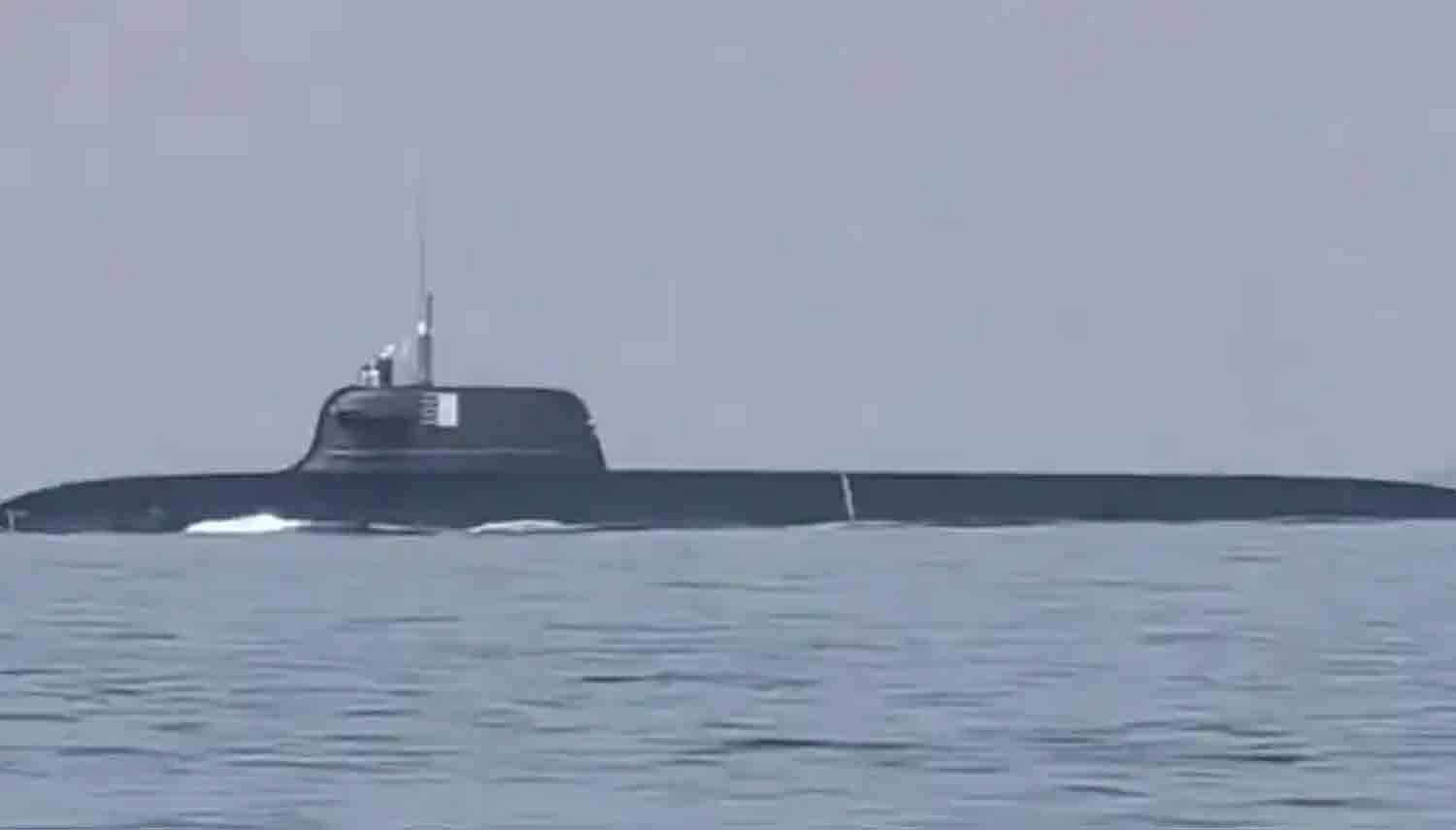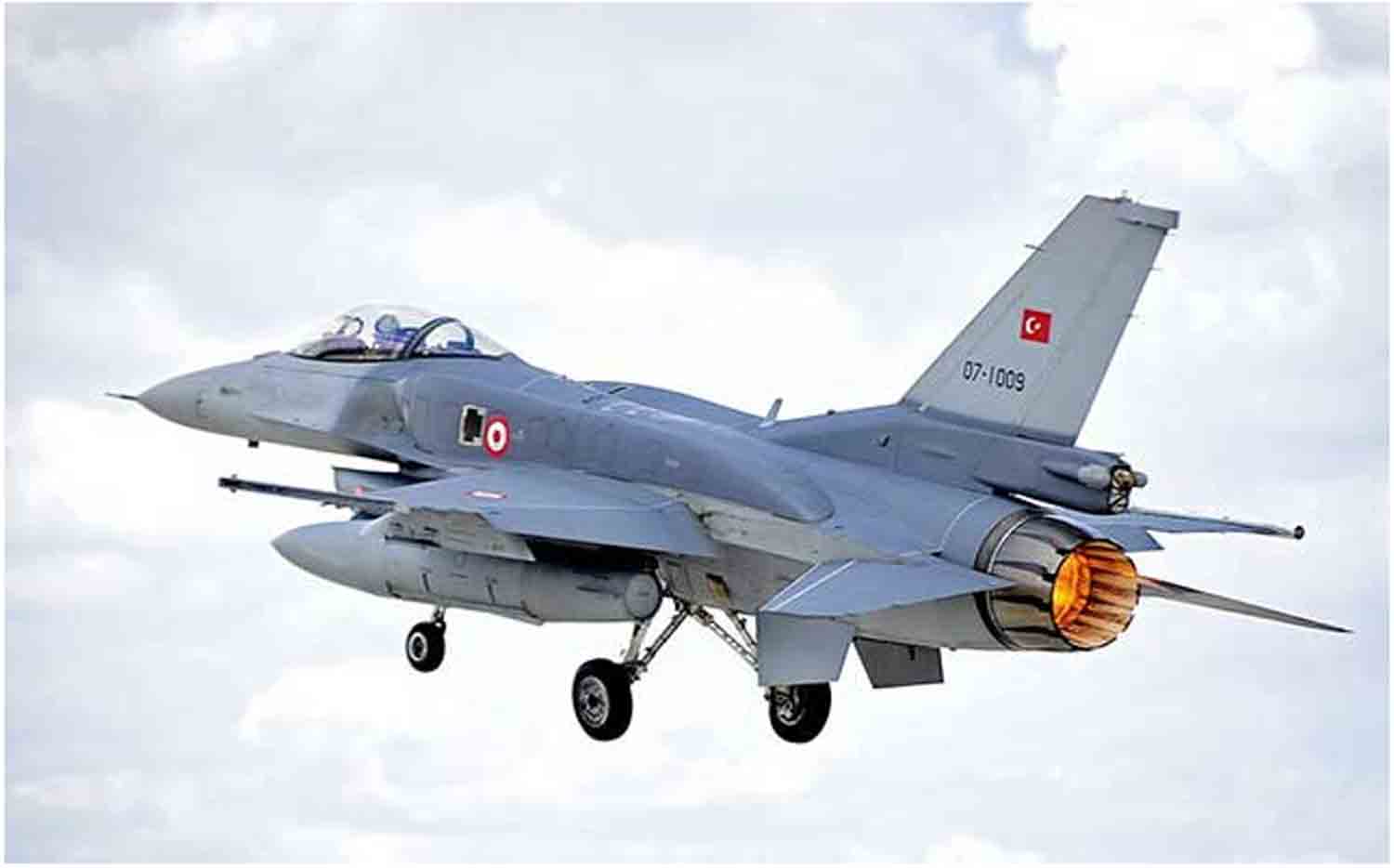China’s new nuclear-powered attack submarine (SSN), the Type 09IIIB—known as the Shang-III class—stands as a significant demonstration of the People’s Liberation Army Navy’s (PLAN) unwavering ambition for supremacy in underwater operations, representing a substantial advancement in its growing capabilities in undersea warfare.
This submarine is an upgraded version of the Type 093 (Shang-class) and focuses on enhanced strike capabilities, improved stealth features, and greater operational efficiency underwater.
With a length of approximately 126 meters and a beam of around 11 meters, the Type 09IIIB provides sufficient space for advanced weaponry and cutting-edge sonar technology.
Weighing in at an estimated 6,200 tons, it is classified among the larger nuclear-powered attack submarines in the PLAN fleet. The Type 09IIIB can achieve maximum underwater speeds of up to 30 knots, utilizing a ducted pump-jet propulsion system designed to reduce acoustic signatures, thereby significantly boosting its stealth—an essential factor in contemporary undersea combat.
In terms of armament, the submarine features up to 18 Vertical Launch System (VLS) cells, capable of launching various cruise missiles, including the YJ-21, which has an impressive range of up to 2,500 kilometers.
The YJ-21, also referred to as the Eagle Strike-21 or Yingji-21, is a hypersonic anti-ship missile developed by China, specifically engineered to engage high-value naval targets such as aircraft carriers and large warships. This missile marks a notable enhancement in China’s maritime strike capabilities.
Key Features of the YJ-21:
– Speed: It is hypersonic, with estimates suggesting it can achieve speeds of up to Mach 10, rendering it exceedingly difficult for current missile defense systems to intercept.
– Range: The missile has an estimated operational range of 1,500 km to 2,000 km, allowing it to engage targets from considerable distances.
– Launch Platforms: The YJ-21 can be deployed from Type 055 destroyers, and there are prospects for variants that could be launched from land-based or submarine platforms.
– Guidance System: It is likely fitted with sophisticated terminal guidance systems, which improve its accuracy against moving targets.
– Purpose: The missile is designed to overcome advanced naval defense systems, providing China with a strategic advantage in anti-access/area denial (A2/AD) operations, especially in contested regions like the South China Sea.
The hypersonic speed and agility of the YJ-21 present a significant challenge to current naval defense strategies, underscoring China’s increasing emphasis on power projection within maritime environments.
The submarine is designed with a hydrodynamically efficient teardrop-shaped hull. Its sail incorporates state-of-the-art electro-optical systems, while the bow is equipped with a sophisticated sonar array for extended-range detection capabilities.
At the rear, the pump-jet propulsion system enhances hydrodynamic performance and minimizes noise, resulting in a quieter operational profile compared to earlier models. Recent footage of the Type 09IIIB during sea trials, released in early 2025, has offered valuable insights into its technological innovations.
These trials demonstrated notable advancements in stealth operations, speed, and missile launch capabilities, further emphasizing China’s dedication to strengthening its undersea power both regionally and globally. This marks only the third occasion that the new design has been observed from a terrestrial viewpoint, with the latest observation providing a more detailed look at the submarine’s enhanced features and its potential contribution to China’s growing maritime objectives.
The introduction of the Type 09IIIB symbolizes China’s relentless pursuit of naval supremacy, serving as a strategic asset designed to support its anti-access/area denial (A2/AD) strategy and assert control over the contested regions of the South China Sea and the broader Indo-Pacific. Its capacity to launch long-range missiles from underwater grants the People’s Liberation Army Navy (PLAN) a tactical edge in potential conflict situations, especially in advanced maritime warfare contexts.
In summary, the Type 09IIIB marks a significant advancement in China’s nuclear-powered submarine capabilities, reflecting rapid progress in military technology and highlighting its increasingly crucial role in influencing the regional security environment.
Discover more from Defence Talks | Defense News Hub, Military Updates, Security Insights
Subscribe to get the latest posts sent to your email.





